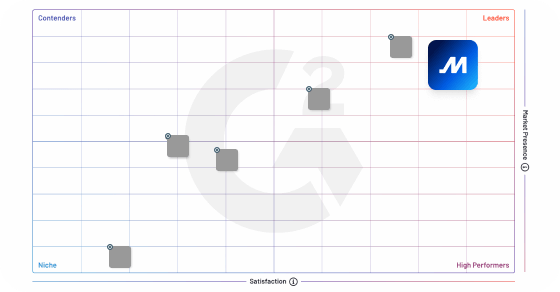The trucking industry is a crucial component of the logistics and transportation sector. With millions of trucks on the road every day, it is not uncommon for unforeseen circumstances to arise that cause delays in the delivery of goods. The waiting time exception is one such issue that is commonly encountered in the trucking industry.
The waiting time exception refers to the time that a driver spends waiting to load or unload their truck at a facility. This time is typically not included in the calculation of the driver’s on-duty time or driving time. This exception exists to ensure that drivers are not penalized for delays caused by factors outside their control.
According to the Federal Motor Carrier Safety Administration (FMCSA), the waiting time exception is defined as “time spent by a driver, either on duty or off duty, at a facility beyond the maximum loading or unloading time specified by the shipper or receiver, or two hours if no maximum loading or unloading time is specified.” Essentially, this means that if a driver is delayed beyond the specified loading or unloading time, they are entitled to additional compensation for their time.
It’s important to note that the waiting time exception only applies to drivers who are subject to the hours-of-service (HOS) regulations. These regulations limit the amount of time that a commercial driver can spend on-duty and driving in a given period. The waiting time exception allows drivers to be compensated for delays without violating these regulations.
Drivers can track their on-duty and off-duty hours through an electronic logging device (ELD) such as the Motive Driver App, available through Google or Apple.
Frequently Asked Questions
What is an exception in trucking?
In the context of trucking, an exception refers to a situation or circumstance that deviates from the usual or standard operating procedures. It typically indicates an irregularity or an event that requires special attention or handling. Examples of exceptions in trucking may include unexpected delays, equipment malfunctions, adverse weather conditions, or regulatory compliance issues. Monitoring and addressing exceptions are important for ensuring efficient and safe transportation operations.
What happens if you go over your 14 hour clock?
If a commercial driver goes over their 14-hour clock, they are in violation of the Federal Motor Carrier Safety Administration (FMCSA) hours-of-service regulations. The driver will need to take a 10-hour break before resuming driving. Additionally, the violation may result in fines and penalties for both the driver and their employer. Exceeding the 14-hour clock can also lead to increased fatigue and safety risks on the road.
What is the 11-hour rule for Fmcsa?
The 11-hour rule is a regulation set by the Federal Motor Carrier Safety Administration (FMCSA) that limits the amount of time a truck driver can operate a commercial vehicle without taking a break. According to this rule, drivers are allowed to drive for a maximum of 11 hours within a 14-hour window, after which they must take a break of at least 10 consecutive hours. This rule is intended to promote driver safety and prevent accidents caused by driver fatigue.
How does the 70-hour eight-day rule work?
The 70 hour, eight day rule is a regulation that limits the number of hours a commercial driver can operate a vehicle in a consecutive eight-day period. The rule states that a driver must not exceed 70 hours in an eight-day period. After reaching the maximum, the driver must take a rest period of at least 34 consecutive hours before starting another eight-day period.



